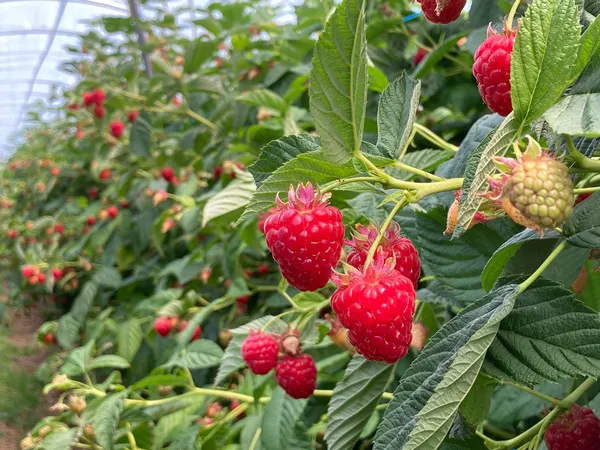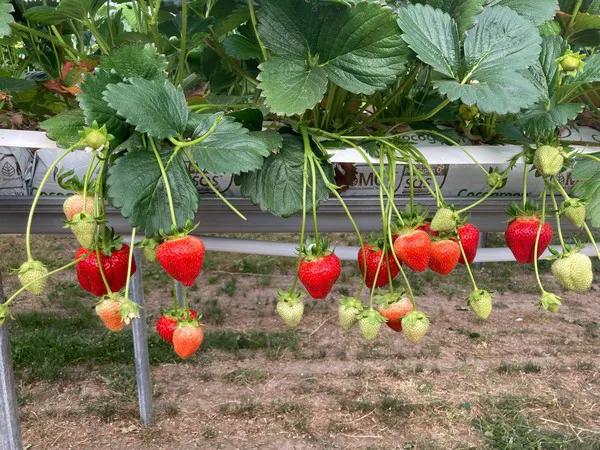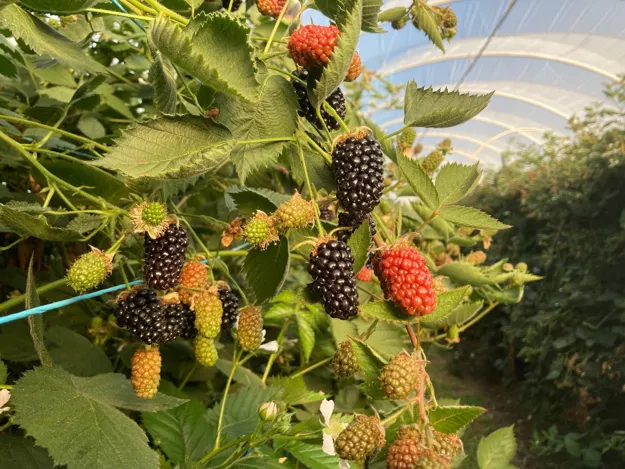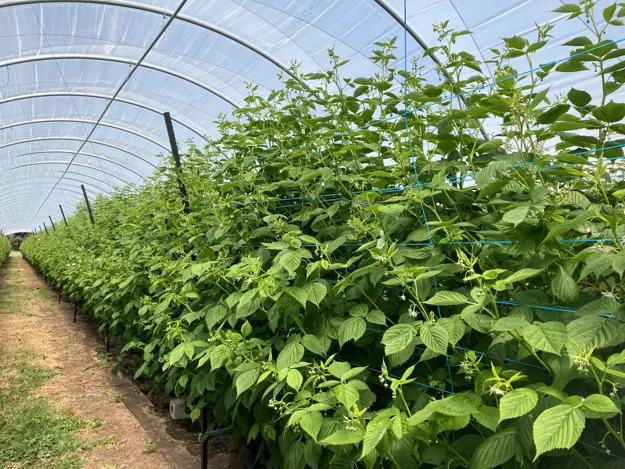The two pillars of any berry business are people and plants and, so far, Burlington Berries in Tasmania, has been fortunate in both respects this year. La Nina has brought a favourable spring for crop development and the plant growth has been spectacular.

“While the warmer, wetter, weather has its challenges, we are situated in a particularly dry part of the region, so we see upsides in canopy growth and a reduction in pest migration,” explains Laurie Adams, General Manager at Burlington Berries. “It’s still early days but there are some promising signs for the season ahead. Our strawberry season starts in October and our raspberry and blackberry seasons in December.”

The Tasmanian season overlaps with the mainland in the spring and autumn but the climate on the mainland is generally too hot from January to March, so this is the main Tasmania window.
La Nina has brought mild and wet weather this spring which brings its challenges and rewards, higher disease pressure is offset by reduced pest pressure, that said, it’s been a ‘growers’ spring with plants across all crops looking strong.
Burlington’s fruiting crops are grown 100% in polytunnels with the nursery area uncovered.

“The strong plant development this spring is promising good yields and we’ve certainly benefited from good fruit size so far. As we move out of the main season and into sequential planting and autumn crops, we will need to see how the season develops. We are still seeing strong La Nina effects, although for us in such a traditionally dry region, that’s promising.”
The season runs from October to June and all the berries are sold on the Australian domestic market.

“Labour remains a significant concern in the region. We have seen a continued drop in the Backpacker workforce and the surplus of local people last season has reduced as they start to fill the more permanent jobs the backpackers have vacated. Burlington is fortunate to be part of the Seasonal Worker Program (SWP) and to work closely with a range of pacific islands, this relationship underpins our labour supply and is fundamental to our sustainability. This workforce continues to be highly adaptable, resourceful and dedicated and we have a great team back this year.”
 For more information:
For more information:
Laurie Adams
Burlington Berries
[email protected]
www.burlingtonberries.com.au
